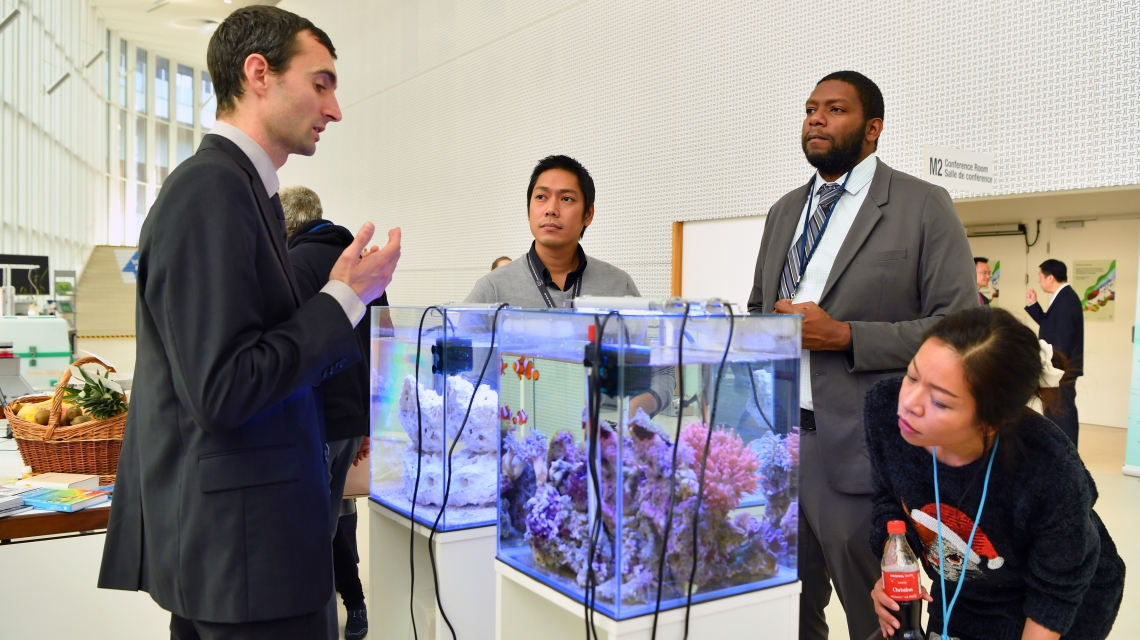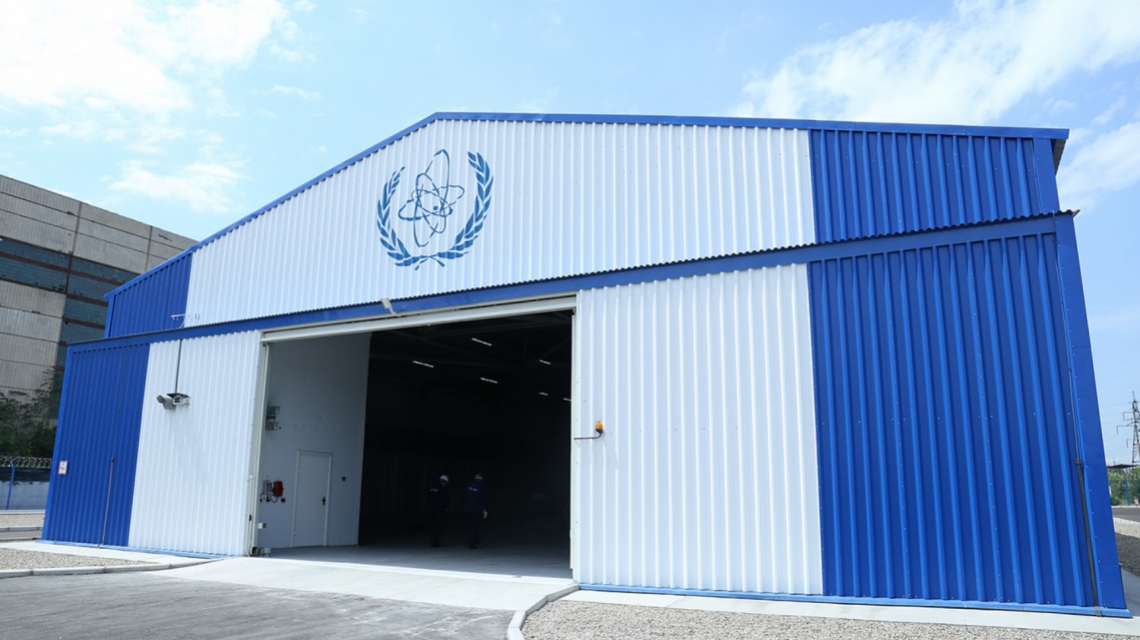The IAEA continued to verify and monitor the implementation by Iran of its nuclear-related commitments under the 2015 Joint Comprehensive Plan of Action (JCPOA). In his quarterly reports to the IAEA Board of Governors, Director General Yukiya Amano confirmed that the nuclear commitments undertaken by Iran were being implemented. IAEA inspectors have accessed all the sites and locations which they needed to visit, have taken hundreds of environmental samples and carried out activities supported by state-of-the-art technology, including data collecting and processing systems, he said.
Regarding the nuclear programme of North Korea, officially known as the DPRK, Mr Amano noted to the IAEA Board of Governors in November that the Pyongyang Declaration issued at the inter-Korean Summit meeting on 19 September had made reference to the country’s intention to “continue to take additional measures, such as the permanent dismantlement of the nuclear facilities in Yongbyon.”
At Yongbyon, further activities were observed near the Kuryong River but, without access, the IAEA cannot confirm their nature or purpose, he said. IAEA inspectors were required to leave North Korea in 2009. “The Agency continues to enhance its readiness to play an essential role in verifying the DPRK’s nuclear programme if a political agreement is reached among countries concerned.”
In May, the Agency completed its 41-million-euros Modernization of Safeguards Information Technology project (MOSAIC) launched in 2015. Employing 150 in-house professionals, the project developed more than 20 unique software applications to make Safeguards more effective, efficient and secure.
The focus of the 13th Symposium on International Safeguards in November was on building future safeguards capabilities by identifying innovative technologies and strengthening partnerships within the safeguards community and beyond. Topics of discussion also included engaging youth and promoting greater gender diversity in nuclear safeguards.








